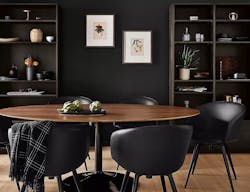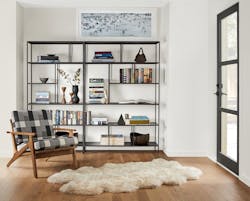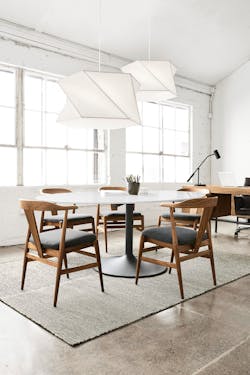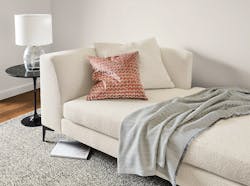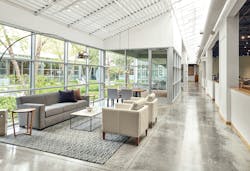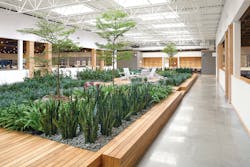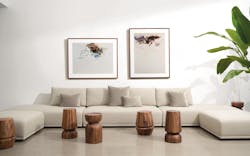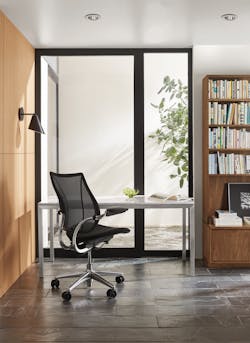Top 7 Office Rooms of the Future
By Elise Nicpon
Changes to the workplace to better adapt to hybrid and flexible work styles have necessitated a shift in the way businesses think about physical space. The office is no longer just a place to get work done; it must be a destination that supports all types of work and work styles—all while creating a sense of community and supporting creativity, focus and wellbeing among employees.
That’s a tall order, to be sure, but the need has never been greater. In fact, according to a recent survey by Envoy, 61% of companies are investing in the design of the office, and 88% are using incentives like improved office amenities to bring people back onsite.
To reimagine the office as a destination that supports all types of work and work styles, designers should consider the following spaces that every company needs for a future-focused, employee-oriented workplace.
1. Content Rooms
2. Hybrid Meeting Rooms
3. Recharge Rooms
The emphasis and prioritization of employee well-being is a trend that, thankfully, is here to stay. The “Recharge room” is a space dedicated to all aspects of worker well-being, whether it be a space for yoga, quick naps, or a moment of solitude (plus it can also double as a private and more restorative escape for nursing mothers). Switching gears from an environment of high productivity to relaxation in the office can be difficult. Our physical spaces can greatly impact our behavior and mindset. Establish a clear and distinct break from the rest of the office using softer textures and silhouettes, ambient lighting, and warmer colors. Think upholstered sofas and chaises, along with weighted blankets, plush throw pillows, or even a high-pile rug to help channel a cozy and soothing atmosphere for relaxation.
4. Nature Rooms
In addition to bringing nature into the office, take the office outdoors. Access to the outdoors has become an increasingly desired amenity among employees, resulting in more courtyards, balconies, and rooftops being incorporated into the design of commercial buildings. The daylight and fresh air offer a healthy and stimulating workspace, a calming environment to relax, and even a change of scenery for meetings and presentations.
5. Comfortable Community-Centric Rooms
Like the Recharge Rooms, the design and decor should reflect the intention of the space, with a focus on comfort and gathering. Our environments subconsciously influence our behavior, and furniture plays an important role here, so think lounge-like feel to encourage casual conversations and restoration. The community space should be a place where employees want to hang out.
6. Focus Rooms
While the idea may seem counterintuitive, opt for larger communal “work” tables that mimic the library layout. Studies on social identity theory show that engaging in a shared workspace creates a sense of group identity, prompting more awareness of others. In this case, the library effect makes workers more inclined to keep noise levels down so as not to disturb others.
Super versatile and endlessly customizable, Parsons Tables can be pushed together to form a library table for collaborative work.
7. Home Rooms
About the author: Elise Nicpon is the director of business customer experience at Room & Board Business Interiors.
